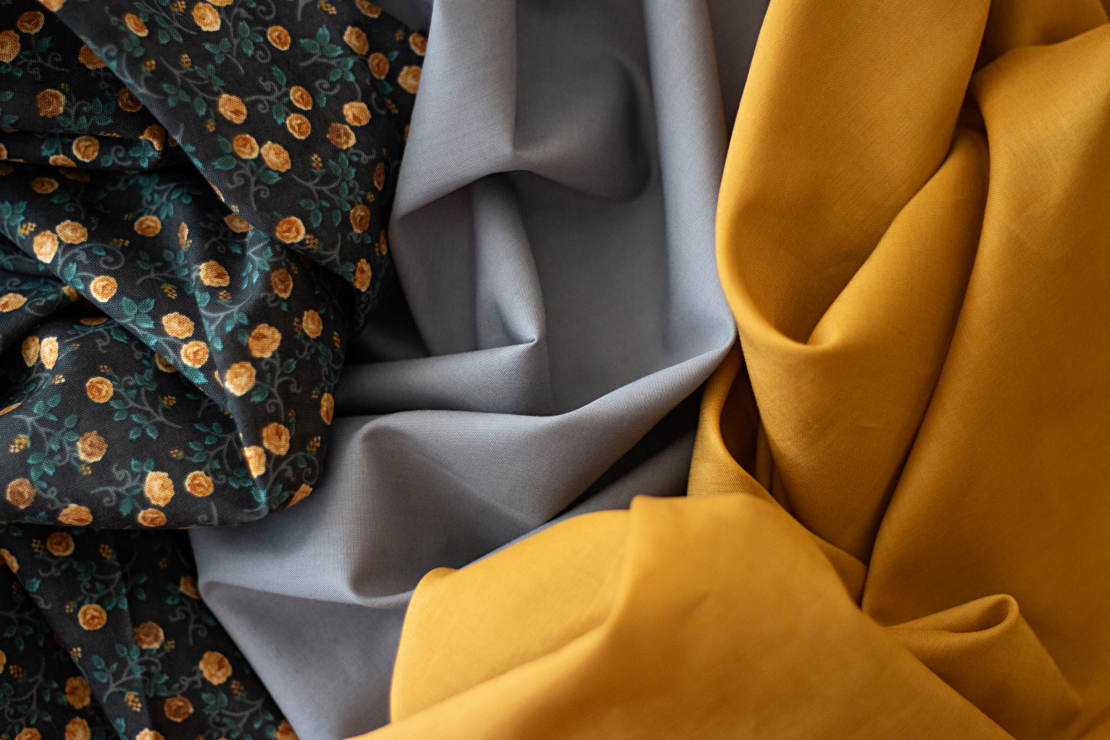
Benefits of Tencel Fabric on the Skin
If you've recently clicked on any clothing ads on your socials, you are sure to have seen companies selling clothes made of Tencel fabric. It's all over the internet and apparently, it's quite good for your skin as well. Tencel is the latest addition to the wave of sustainable fashion that this industry is experiencing.
So what exactly is Tencel? Tencel is actually a man-made fabric, also known as Lyocell, and a milestone in the development of sustainable clothing. It is made from wood pulp, just like other rayons but it uses a closed-loop process that generates minimal emissions and at the end of which all solvents are either decomposed or recovered. This is where the perception of it being better for the planet emerges from. This fabric is made using a trademarked technology and is 100% biodegradable, effectively closing the consumption loop. Despite all these benefits, the best part is that Tencel is very similar to cotton and if cared for, durable. This means better and longer wearability and reduction of waste generation.
Naturally, the question that arises is given this extraction process, how exactly is Tencel is good for your skin?
The trademarked Tencel is manufactured by Lenzing Fibers, Austria. This fabric is extremely versatile and can be mixed with almost any other fabric used in manufacturing clothes. As per the company, this fabric, when observed up-close, has a smooth surface area and thus, is gentle to touch, making it suitable for sensitive skin types as well. You don't need to take their word for it. The softness of Tencel has been proved time and again in several tests like Kawabata, TSA, Handle-o-meter, and Phabro-meter, so you can do good while feeling good.
Tencel also has better color retention which means that the colors will last through more washes than any conventionally dyed fabric, making your choice of clothing sustainable.
Another benefit- Tencel actually has higher vapor uptake than cotton, making it extremely breathable and therefore, comfortable for hot and humid climates. Even better is the fact that it can be engineered to give warm and dry sensations to the skin when needed. As a consequence of better moisture management, Tencel is also resistant to bacteria growth, reducing the chances of infection, rashes, or other bacterial diseases. For the lazy ones, Tencel does not crinkle or crease, making your job easier while providing better comfort than cotton. However, since the tech is so new and it’s trademarked, Tencel may not be easily affordable and is therefore available in blends rather than its pure form.
One of the biggest reasons Tencel is becoming so popular is not only the fact that it contributes to the value chain of sustainable fashion; it's also the fact that it drapes really well and can be utilized to make a number of items from party wear shirts and dresses to simple t-shirts and even breathable bedsheets.
Shopping for fast fashion is a convenient choice we all make and have been conditioned to make by big brands promising the latest trends. Sustainable fashion, however, requires a conscious disentanglement from the attractive narratives of big brands and engagement with actual research to make better choices. Will you make yours today?
Sustainable fashion focuses on minimizing the use of harmful chemical dyes and other toxic substances in manufacturing, it helps to save millions of liters of water, as well as on reducing fabric waste.






